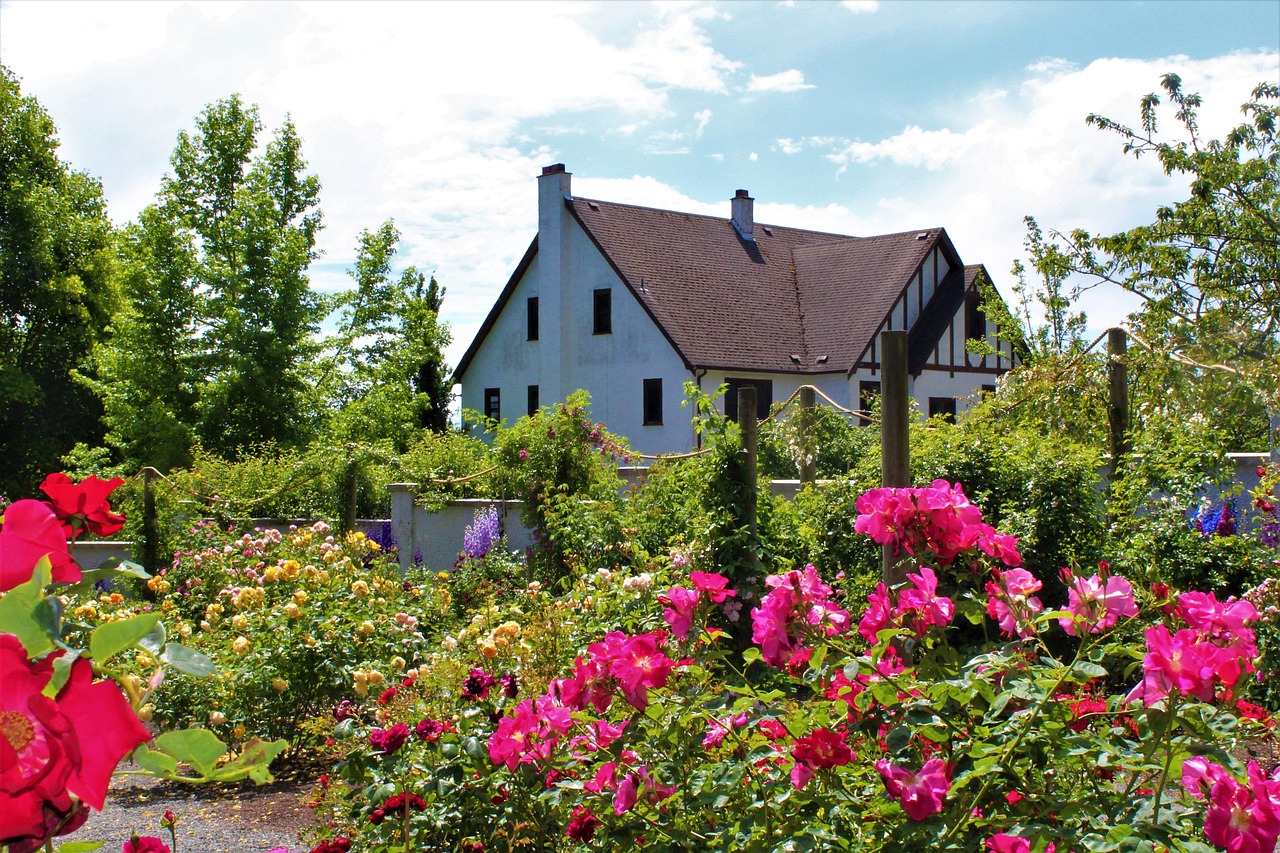
Creating a beautifully maintained cut flower garden requires a combination of passion, knowledge, and proper care. With the right techniques, you can nurture your garden into a blooming paradise that consistently provides fresh and vibrant flowers for arrangements. In this comprehensive guide, we will share essential care tips to help you create and maintain a stunning cut flower garden. From soil preparation to watering techniques and pest control, we will cover everything you need to know to ensure the health and longevity of your flowers. Get ready to unleash your inner gardener and cultivate a garden that will fill your home with beauty and fragrance.
Selecting the Stars of Your Show: Choosing the Right Flowers
The first step in crafting your cut flower haven is selecting the perfect floral varieties. Consider factors like:
- Bloom Time: Aim for a diverse range of flowers with staggered blooming periods, ensuring a continuous supply of vibrant blooms throughout the season. Options like zinnias, cosmos, and sunflowers offer extended flowering periods, while poppies and dahlias provide bursts of color during specific intervals.
- Maintenance Needs: Match your flower choices to your lifestyle. If you’re short on time, low-maintenance options like celosia and scabiosa are excellent choices. For those willing to invest more effort, showier varieties like lilies and peonies thrive with proper care.
- Vase Life: Consider how long you’d like your cut flowers to last in a vase. Lisianthus boasts an impressive two-week vase life, while lilies generally last for about a week. Research the vase life of your chosen flowers to ensure they grace your home for the desired duration.
Pro Tip: Don’t be afraid to experiment! Explore unique and lesser-known varieties like nigella or amaranth for a touch of the unexpected in your bouquets.
Preparing the Perfect Stage: Soil, Sunshine, and Space
Once you’ve chosen your floral cast, it’s time to create the ideal environment for them to flourish. Here’s what you need to know:
- Soil Matters: Ensure your soil is fertile, well-draining, and slightly acidic (pH between 6.0 and 6.8). Conduct a soil test to determine its current pH and amend it accordingly if needed. Adding organic matter like compost can enrich the soil and improve drainage.
- Sunshine Symphony: Most cut flowers require at least 6-8 hours of direct sunlight daily. Choose a location in your garden that receives ample sunshine throughout the day.
- Spacing is Key: Pay close attention to the recommended spacing requirements for each flower variety. Overcrowding can hinder growth, airflow, and make plants more susceptible to disease.
Remember: Proper planning is key. Sketch out a layout for your garden, considering the mature size of each flower and grouping plants with similar sun and water needs.
Nurturing Your Blooms: Watering, Feeding, and TLC
Now that your flowerbed is prepped and your seedlings are planted, it’s time to nurture them to vibrant maturity. Here are some key practices to follow:
- Watering Wisely: Consistent and deep watering is crucial, but avoid overwatering, which can lead to root rot. Water the base of the plants early in the morning, allowing the soil to dry slightly between waterings.
- Feeding Frenzy: Provide your flowers with a balanced fertilizer throughout the growing season according to the package instructions. Opt for organic fertilizers whenever possible to maintain a healthy ecosystem in your garden.
- Deadheading Delights: Regularly remove spent blooms to encourage continuous flowering. This simple practice redirects the plant’s energy towards producing more blooms instead of focusing on seed production.
Bonus Tip: Mulch around your plants to retain moisture, suppress weeds, and regulate soil temperature.
Battling the Elements: Protecting Your Flowers from Pests and Diseases
Unfortunately, even the most meticulously cared-for gardens can face challenges from pests and diseases. Here’s how to keep your floral friends healthy:
- Prevention is Key: Practice good garden hygiene by removing plant debris and keeping the area around your plants weed-free. This reduces potential hiding spots for pests and helps prevent the spread of disease.
- Natural Solutions: Whenever possible, opt for organic pest control methods like insecticidal soap or neem oil. Introduce beneficial insects like ladybugs or lacewings to your garden as natural predators of harmful pests.
- Early Detection: Regularly inspect your plants for signs of pest or disease damage. Early intervention with organic solutions is often the most effective way to control an outbreak.
Note: Consulting with your local nursery or garden center can help you identify specific pests or diseases affecting your flowers and recommend the most appropriate treatment options.
Harvesting the Rewards: Cutting and Caring for Your Blooms
Here’s how to ensure your cut flowers maintain their vibrancy and grace your home for as long as possible:
- Sharp Tools: Use sharp, clean pruners or shears to cut the stems diagonally at a 45-degree angle. This increases the surface area for water absorption and helps prevent the stems from resting flat against the vase bottom, which can hinder water uptake.
- Cut Early in the Day: Harvest your flowers early in the morning when they are cool and well-hydrated. Avoid cutting flowers during the heat of the day, as this can stress the plants and shorten the vase life of the blooms.
- Conditioning is Key: After cutting, immediately place the stems in a clean vase filled with cool water. Add a floral preservative solution according to the package instructions to extend the vase life and prevent bacterial growth.
- Location, Location, Location: Display your arrangements in a cool location away from direct sunlight and drafts. Avoid placing them near ripening fruits or vegetables, as they emit ethylene gas, which can accelerate flower senescence (aging).
- Change the Water Regularly: Every few days, recut the stems by about an inch and replace the water in the vase with fresh, cool water mixed with floral preservative. This ensures the stems continue to absorb water effectively and prevents bacterial build-up in the vase.
